Robert A. Meyers (Editor-in-Chief)
Table of contents :
Glossary……Page 1
Overview of Drinking Water Sources……Page 2
Protection of Source Water……Page 3
Filtration……Page 5
Slow Sand Filters……Page 6
Corrosion Control……Page 7
Membrane Filtration Technology……Page 8
Chlorine……Page 9
Disinfection By-Products……Page 10
Ozone……Page 11
Ultraviolet (UV) Irradiation Technology……Page 12
Cryptosporidium……Page 13
United States Regulations……Page 15
General requirements……Page 16
Total Coliform Rule……Page 17
WHO Regulations……Page 18
References……Page 20
Glossary……Page 22
Introduction……Page 23
Composition of the Earth’s Crust……Page 24
Carbon Chemistry……Page 25
Weathering……Page 27
Formation of Soils……Page 29
Reversal of Weathering Reactions……Page 30
Composition and Structure……Page 31
Oxygen and Carbon Dioxide……Page 32
Nitrogen……Page 33
Minor Constituents……Page 34
Change in Atmospheric Composition over Time……Page 35
Analyses……Page 36
Streams and Lakes……Page 37
Groundwater and the Vadose Zone……Page 39
Seawater……Page 40
Effects of Human Activity……Page 41
Acid Rain……Page 42
Ozone in the Stratosphere……Page 43
Disposal of Chemical Waste……Page 44
Agrochemicals and Non-point-source Pollution……Page 46
See also the Following Articles……Page 47
References……Page 48
Glossary……Page 49
Significance of Environmental Chemical Determinations……Page 50
Determination of Total Elements or Total Related Substances……Page 51
Determination of Specific Substances……Page 52
The Broad Spectrum (BS) Strategy……Page 53
Remote Laboratory Analyses and Field Analyses……Page 54
Development and Documentation of Analytical Methods……Page 55
Methods Published or Referenced in Government Agency Regulations……Page 56
Semivolatile Analytes……Page 57
Condensed Phase Samples……Page 58
Bulk Vapor Phase Samples……Page 59
Processing of Samples Before Determination of the Analytes……Page 60
Chromatographic Analytical Methods……Page 61
High Performance Ion Exchange Chromatography……Page 62
Chromatography Detectors……Page 63
Atomic Emission……Page 64
References……Page 65
Glossary……Page 66
Introduction to Environmental Observation and Forecasting Systems……Page 67
A Pilot Estuarine Environmental Observation and Forecasting System……Page 68
Observation Network……Page 70
Numerical codes……Page 72
Bathymetry……Page 73
Quality Controls……Page 74
Modeling Products……Page 76
Information and Visualization Infrastructure……Page 78
Applications……Page 79
Paradigms in Training and Education……Page 80
See also the Following Articles……Page 81
References……Page 82
Introduction……Page 83
Thorium series (4n) decay chain……Page 85
Military Sources……Page 86
Medical Sources……Page 87
Unconsolidated Materials……Page 88
The Atmosphere……Page 89
The Biosphere……Page 90
Concepts of Radiation Dose……Page 91
Plants……Page 93
Birds……Page 94
Mining and Milling……Page 95
Emergency Releases……Page 96
Low-Level Waste……Page 97
See also the Following Articles……Page 98
References……Page 99
Glossary……Page 100
The Role of Toxicology in Water Quality Management……Page 102
Reproduction……Page 103
Development and Growth……Page 105
Determination of Toxicity……Page 107
Acute Toxicity Determination……Page 108
Incipient Lethal Levels……Page 109
Water Quality Standards……Page 110
Acute Effects……Page 111
Acute/Chronic Ratios……Page 112
The Two-Number Criterion……Page 113
Interactions with Harmless Substances or Conditions……Page 114
Incorporation of Interactions into Water Quality Guidelines……Page 115
Conditioning and Acclimation……Page 116
Interactions between Toxic Substances……Page 117
Noncarcinogenic Effects……Page 119
Application to Cadmium……Page 120
Carcinogenic Effects……Page 122
Commentary……Page 123
References……Page 124
Glossary……Page 125
Geologic Materials……Page 126
Liquids……Page 128
Hydraulic conductivity……Page 129
Hydraulic conductivity of unsaturated media……Page 130
Aqueous-Phase Transport……Page 131
Aqueous Immiscible Flow……Page 132
Mechanical Considerations……Page 133
Types of Liners……Page 134
Liner Systems for Solid Waste Disposal……Page 135
Layering in traditional covers……Page 136
Design considerations for traditional covers……Page 137
Alternative Covers……Page 138
Remediation Procedure……Page 139
Remediation Processes……Page 140
Vertical containment technologies……Page 141
Horizontal containment technologies……Page 142
Enhanced removal technologies……Page 143
References……Page 144
Glossary……Page 146
Permitting of Hazardous Waste Incinerators……Page 147
Boiler and Industrial Furnace Regulation (BIF)……Page 148
MACT Standards for Lightweight Aggregate Kilns……Page 149
Liquid Injection Incineration……Page 150
Combustion air system……Page 151
Aqueous waste systems with ash……Page 152
Rotary Kiln Incinerator……Page 153
Feed systems……Page 154
Fixed Hearth Incinerator……Page 155
Waste Heat Boiler……Page 157
Cement Kiln Incineration……Page 158
Process description……Page 159
Quench System……Page 160
Wet electrostatic precipitator (WESP)……Page 161
Packed bed absorber towers……Page 163
Fabric filters (FF)—baghouses……Page 164
Spray dryer absorber (SDA)……Page 165
References……Page 167
Glossary……Page 168
Air Pollutants requiring control……Page 169
Gases and Vapors……Page 170
Adverse Effects on Materials and Structures……Page 173
Visibility Reduction……Page 174
Adverse Effects on Human Health……Page 175
History……Page 176
Engineering Control Methods……Page 177
Control of Mobile-Source Emissions……Page 178
Regulatory Control……Page 180
Air Quality Criteria and Standards……Page 181
Emission Standards and Permits……Page 182
References……Page 183
Glossary……Page 184
Introduction……Page 185
Sources and Inventories……Page 186
Determinants of Airborne Concentrations of Primary Pollutants……Page 189
Airborne Concentrations and Trends……Page 190
Air Pollution Chemistry……Page 191
Airborne Concentrations and Trends……Page 192
Long-Range Transport……Page 193
Effects on Human Health……Page 195
Effects on Vegetation……Page 196
Legislative Strategies for Local Air Quality Management……Page 197
References……Page 199
Glossary……Page 201
Introduction……Page 202
Combustion……Page 203
Nuclear Reactions……Page 205
Processes Related to Mineral Recovery and Processing……Page 206
Industrial Processes……Page 207
Agriculture……Page 208
Domestic Operations……Page 210
Natural Structure and Chemical Composition……Page 211
Lower Atmosphere Effects……Page 212
Ozone Layer……Page 213
Greenhouse Effect……Page 214
Natural Structure and Chemistry……Page 215
Perturbation of Redox Balance……Page 216
The Biosphere……Page 217
Toxic Wastes……Page 218
References……Page 219
Radioactive Waste……Page 220
Disposal Alternatives……Page 221
Public Perception and Acceptance……Page 222
Seals and Closures……Page 223
Step-Wise Approach to Characterization and Performance Prediction……Page 224
United States—Waste Isolation Pilot Plant……Page 225
Finland……Page 226
See also the Following Articles……Page 227
References……Page 228
Glossary……Page 229
Hydrogeologic Settings……Page 230
Source Type and Magnitude……Page 231
Extent of Subsurface Contamination……Page 232
Chemical……Page 237
Remediation of Soil and Water Contamination……Page 238
Soil (Vadose) Zone Methods……Page 239
Groundwater (Saturated) Zone Methods……Page 240
References……Page 241
Glossary……Page 243
Environmental Spheres and Phases……Page 244
Interphase Transfer and Chemical Cycling……Page 246
Thermodynamic vs. Kinetic Factors……Page 247
Distributions Involving Real Environmental Phase……Page 248
Correlation with Partitioning Equilibria Involving Pure Phases……Page 249
Mechanistic Understanding of Environmental Phase Equilibria……Page 250
Environmental Transport Processes……Page 251
Turbulent or Eddy Diffusion……Page 252
Transport Processes Across Phase Boundaries……Page 253
Chemical Transformation Processes……Page 255
Photochemical Transformation Processes……Page 256
Biological Transformation Processes……Page 257
Field Measurements of Environmental Chemical Fate and Transport……Page 258
References……Page 259
Glossary……Page 260
The Role of Water Quality……Page 261
Movement Of Water In The Hydrosphere……Page 262
The Hydrologic Cycle……Page 263
Overland Flow……Page 265
Infiltration and Groundwater Flow……Page 266
Storm Hydrographs……Page 267
Water Quality……Page 268
Physical Characteristics of Water……Page 269
Solids……Page 270
Color……Page 271
Chemical Characteristics of Water—Inorganic Matter……Page 272
Major anions……Page 273
Water quality of rivers and groundwaters……Page 274
Chemical Characteristics of Water—Organic Matter……Page 275
Measurement of organic concentration……Page 276
Chemical Characteristics of Water—Gases……Page 277
Classifications of Microorganisms in Water……Page 278
Impacts of Microbial Growth on Water Quality……Page 279
Deterioration of Water Quality……Page 280
Water Quality Modification……Page 281
Removal of suspended solids……Page 282
Organic matter removal……Page 283
Biological wastewater treatment……Page 284
Tertiary wastewater treatment……Page 285
Drinking Water Quality……Page 286
Wastewater Discharge Standards……Page 287
Conservation as a Management Strategy……Page 288
References……Page 289
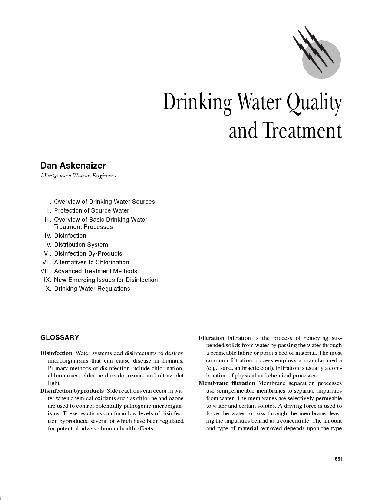
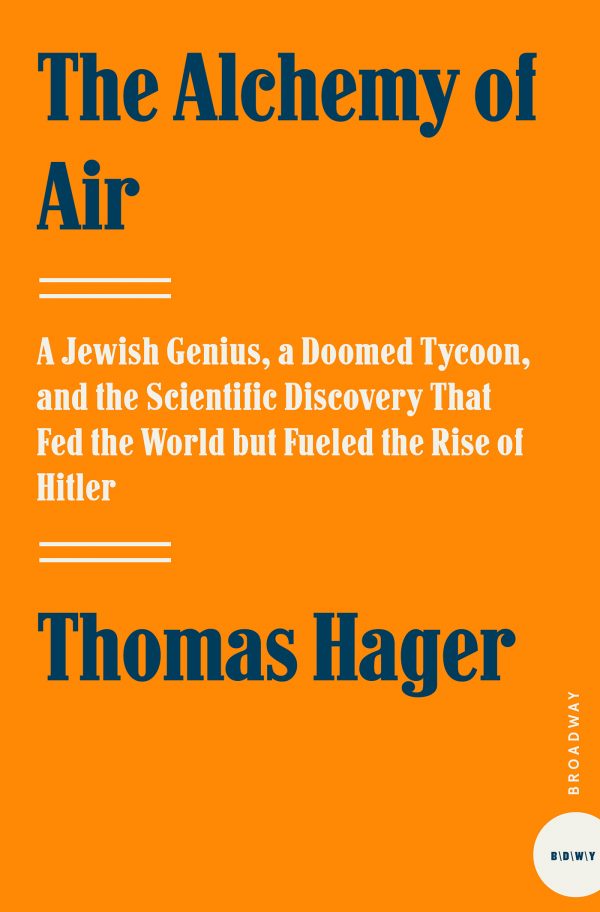
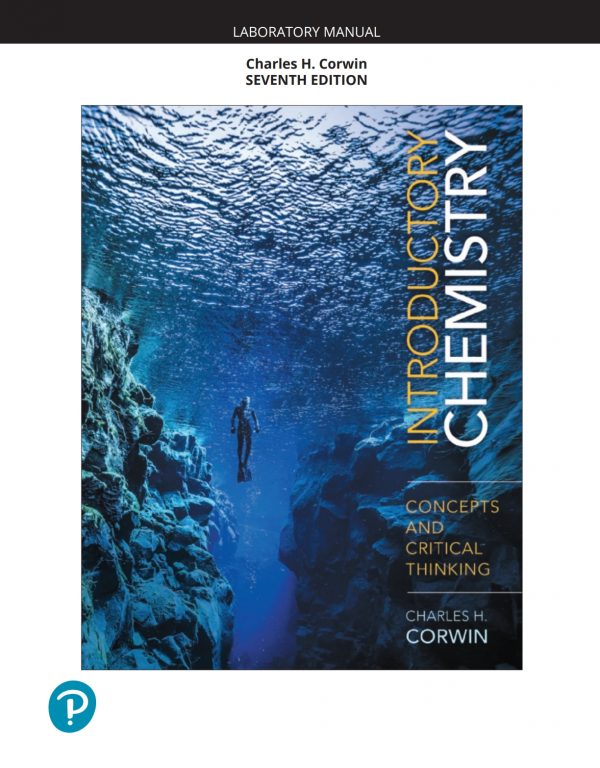
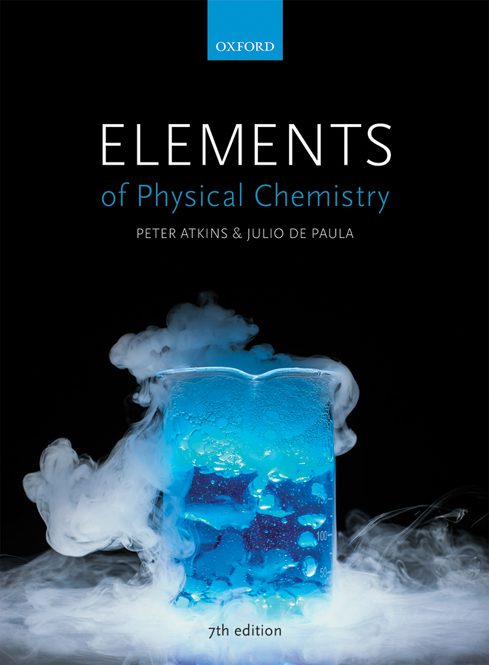

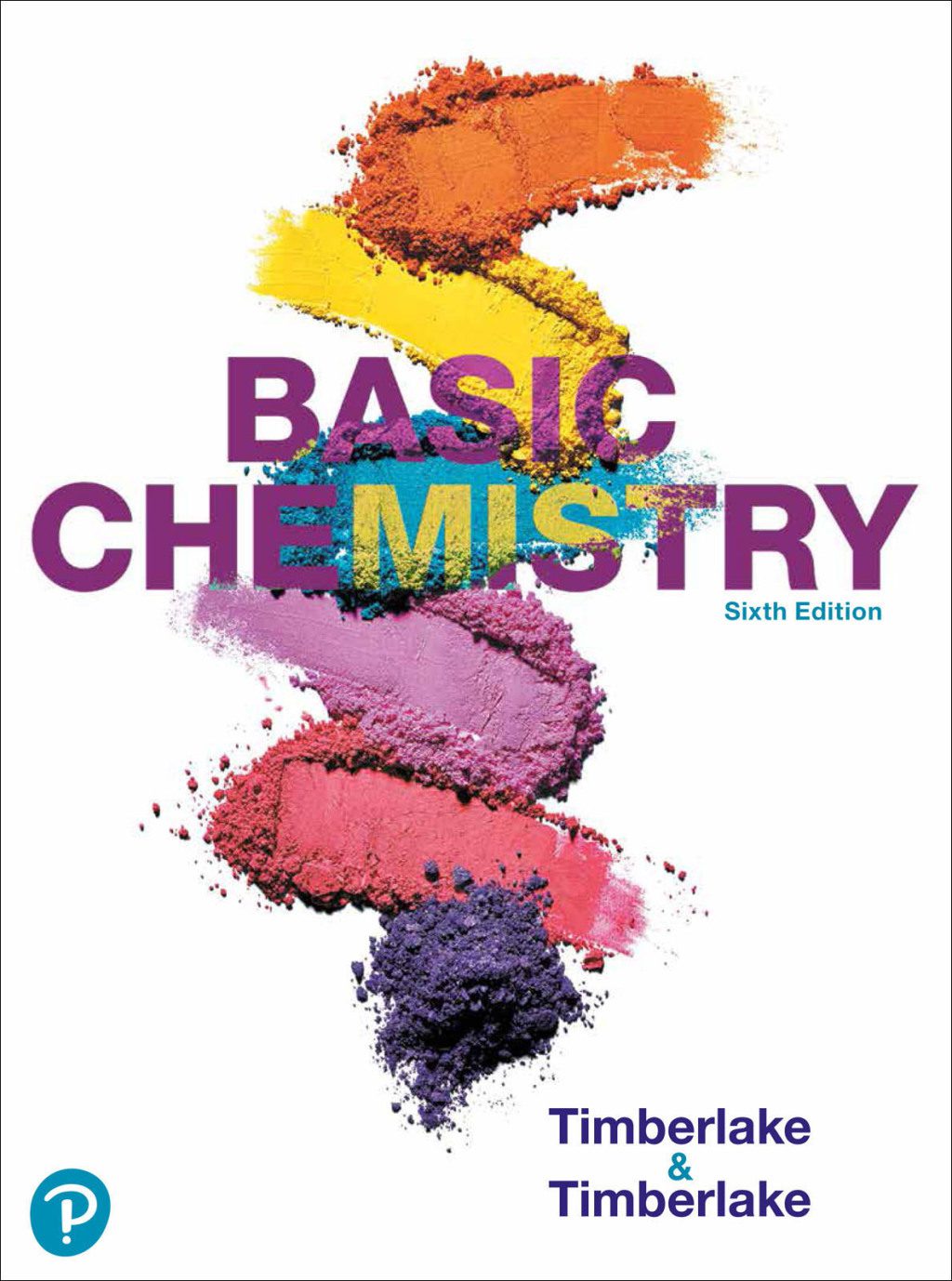
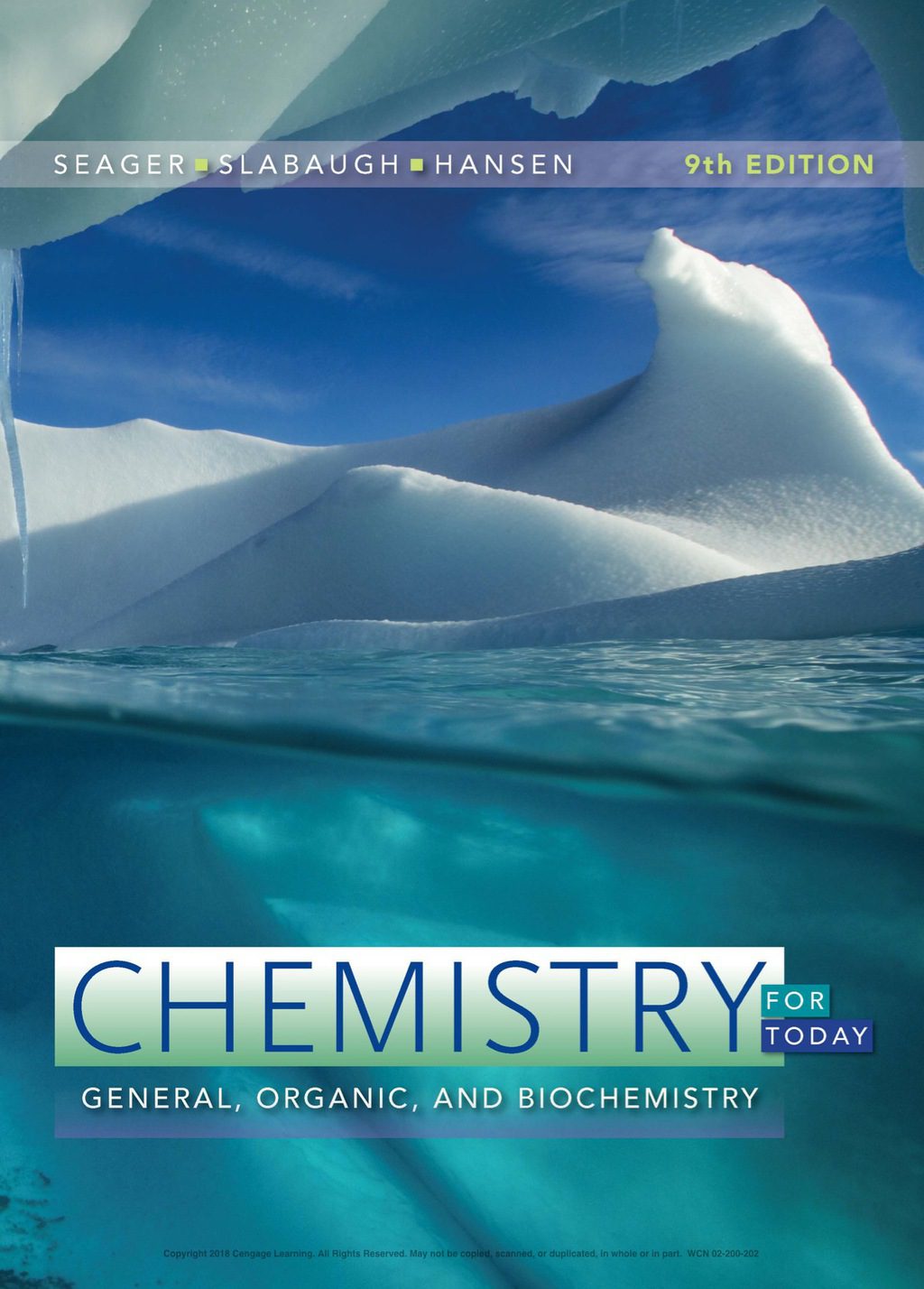
Reviews
There are no reviews yet.